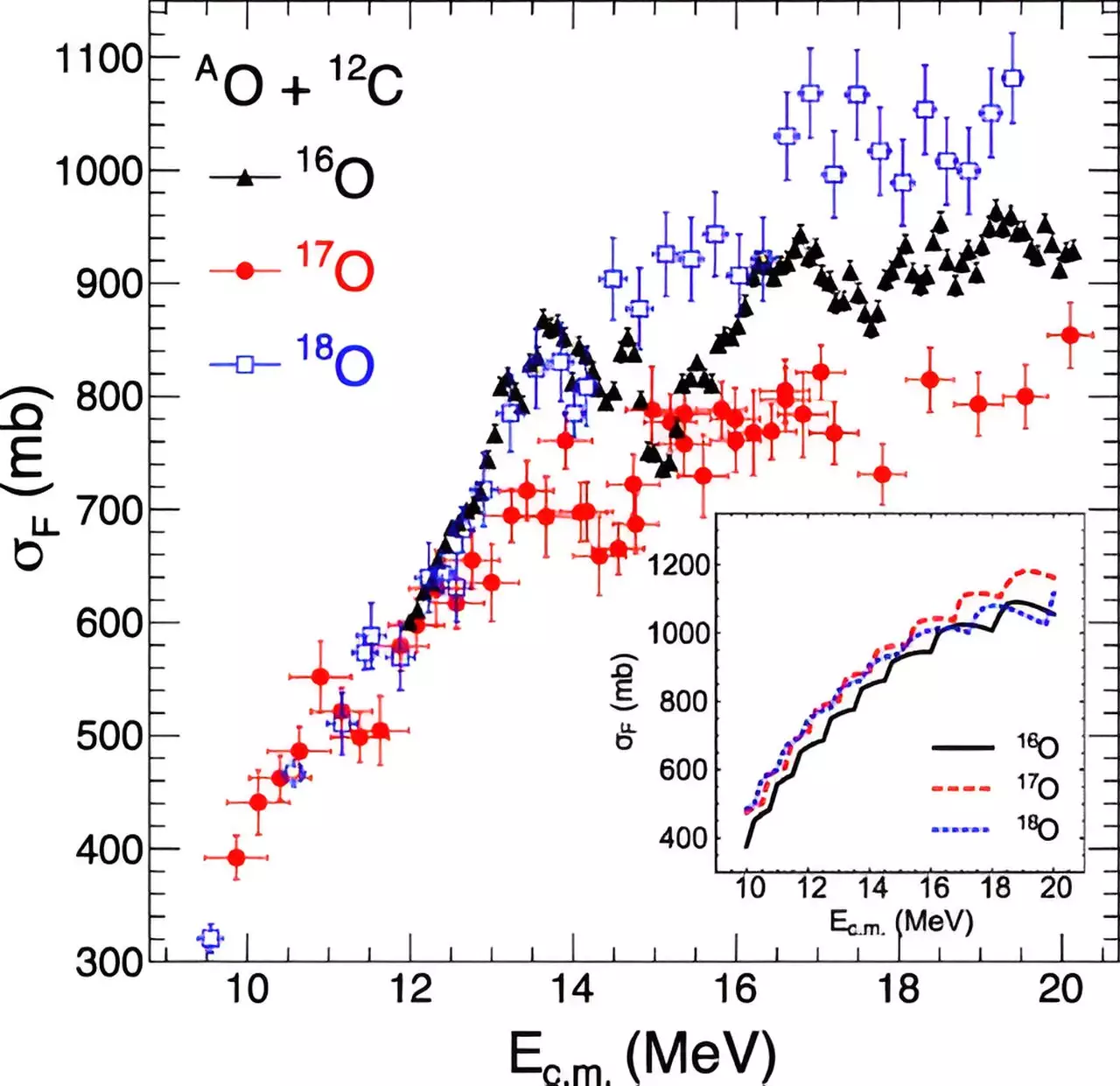Nuclear fusion is a complex process that involves the merging of two nuclei, influenced by a variety of factors. These factors go beyond just the relative energy and angular momentum of the nuclei, but also include how their structures evolve during collision. The quantum nature of the nuclei plays a significant role in determining the outcome of the fusion reactions.
To tackle the complexities of nuclear fusion, researchers conducted a groundbreaking study that involved the most extensive computation of fusion reaction processes to date. Utilizing supercomputing facilities, the researchers performed thousands of time-dependent simulations to directly observe how nuclei evolve during collision. This massive computational effort provided invaluable insights into the fusion process.
The study not only contributes to our understanding of nuclear fusion for basic science purposes but also holds promise as a potential carbon-free power source. By achieving an improved description of fusion through direct simulation, the researchers were able to uncover discrepancies between their simulation results and experimental fusion probabilities. These disparities point to unexplained phenomena that current theories cannot account for.
One of the key findings of the study was the discovery of non-smooth, oscillatory behavior in the high-resolution experimental data for the fusion probability of oxygen isotopes with carbon nuclei at varying collision energies. This unexpected behavior highlights the need for more in-depth exploration of the factors influencing nuclear fusion reactions, especially when dealing with short-lived rare isotopes.
By combining advanced theoretical methods, high-performance computing, and high-resolution experimental measurements, the study was able to provide the clearest picture yet of the complexities involved in colliding complex nuclei. The improved model of nuclear collisions opens up new avenues for research and offers a more detailed understanding of the fusion process.
As research continues in the field of nuclear fusion, it is essential to address the discrepancies between experimental data and theoretical predictions. Exploring these differences will lead to a better understanding of the factors influencing fusion reactions, particularly as the focus shifts towards reactions involving short-lived, rare isotopes. Facilities like the Facility for Rare Isotope Beams at Michigan State University will play a crucial role in advancing our knowledge of nuclear fusion and its potential applications.


Leave a Reply